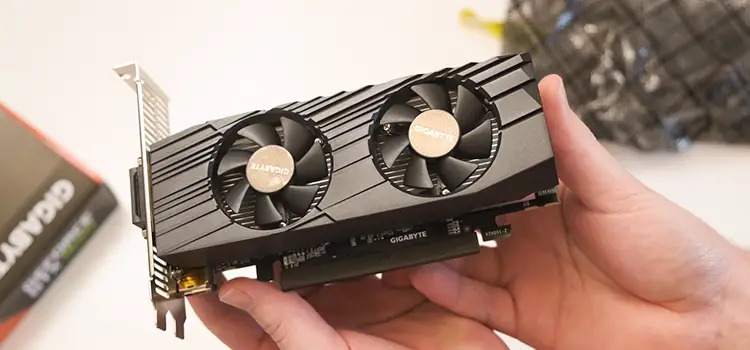64 Bit vs 128 Bit Graphics Card | Which GPU Should Choose?
It is difficult to determine the relative advantages and disadvantages of graphics cards. Clock rate, RAM storage, and other elements must be considered in addition to the graphic processing unit. The bus that connects the video RAM and CPU of the card also has a data transfer rate that must be considered. Despite having the same speed limit, it is quite logical that a 128-bit graphics card is superior to a 64-bit card according to the other factors.
Let’s dive deeper to know more about these two graphics cards and see which one is best for you. One can undoubtedly handle much more traffic than the other.
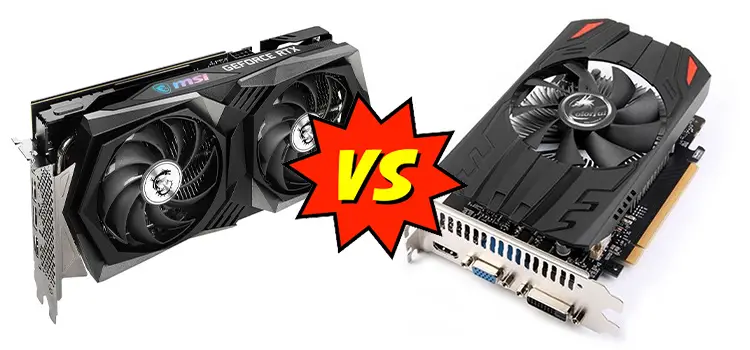
Basic Differences Between 64 Bit and 128 Bit Graphics Cards
Before going into any further details, let’s have a quick look at the differences between 64-bit and 128-bit graphics cards below –
| Feature | 64-bit Graphics Card | 128-bit Graphics Card |
| Memory Bandwidth | 10~15 GB/s | 20~30 GB/s |
| Performance | Lower | Higher |
| Memory Size | 1~2 GB | 2~4 GB |
| Power Consumption | Lower | Higher |
| Heat Output | Low | High |
| Compatibility | Compatible with older systems and less demanding games | Compatible with modern games and software |
| Future-Proofing | May not support newer technology | Can support newer and more advanced technology. |
| Purpose | Good for basic games and office tasks. | Good for advanced gaming, video editing, and other demanding tasks. |
| Price | Lower | Higher |
According to the chart above, a 128-bit GPU is more powerful and offers better performance than a 64-bit GPU. However, a 64-bit GPU may still be value for money if you don’t require the highest level of performance and not working with highly demanding tasks.
There are some other basic differences between these graphics cards. Here are them one by one –
1. Bandwidth
The bandwidth of graphics cards largely determines their performance. By increasing bandwidth, textures become smoother, antialiasing is better, and resolution is higher. However, the bandwidth of a graphics card is directly determined by the clock rate and bus width.
Let’s say the clock rate of a 128-bit graphics card is double that of a 64-bit card. The bandwidth, determined by multiplying the clock rate by the number of bus widths, will be the same in both scenarios.
In other words, a card with 64 bits can function just as well as one with 128 bits. However, the 64-bit graphics cards that are now on the market are typically very basic, and occasionally despite having a high clock rate, they still perform poorly.
2. Clock rate
Memory speed or clock rate are terms used to describe the speed of the video RAM. A card’s clock rate is independent of the bus width. Such as a 64-bit graphics card’s clock rate may be significantly higher than a 128-bit card. The performance of a graphic card also depends on the clock rate for a given bus width. A 64-bit video card will perform equally well if its clock speed is the same as that of a 128-bit card. For no other reason than that, it has a 128-bit bus rate, you shouldn’t upgrade to the same clock speed card.
3. Bus width
A 128-bit graphics card means that 128-bit data is exchanged simultaneously between the GPU and video RAM. Video cards with 64-bit architectures can only transport 64-bit data at once. Bus width refers to the total number of bits that a video card may transmit.
4. RAM storage
Running high-quality videos and games often benefits from the RAM storage provided by graphics. However, more RAM storage won’t improve the graphics card’s performance.
5. Performance
The real efficiency or bandwidth of a graphics card is determined by a combination of the bitrate of bus width and the frequency of the video RAM and is expressed in gigabytes per second rather than bits. This is computed by multiplying the result by the RAM’s frequency in megahertz after dividing the bitrate by 8 to convert it to bytes.
For comparison, suppose, a 64-bit graphics card with 3000 MHz RAM has a 24 GB/s bandwidth and a 128-bit card has 48 GB/s, that is double the bandwidth amount. So, we can assume that a 128-bit card will give a better performance.
Better for Gaming Purposes: 64 Bit or 128 Bit?
For gaming, a 64-bit graphics card is not really a suitable option. Modern games demand a lot of data to transport at once since there are too many object details in them. As a result, video cards with wider buses can run games more nimbly. That’s why the majority of recently developed games can’t be played on 64-bit graphics cards. However, 128-bit cards are significantly better in this aspect.
What Should You Choose: 64 Bit or 128 Bit?
Essentially, a 128-bit graphics card can access approximately twice as much data as a 64-bit, improving the card’s speed. The only time a 128-bit graphics card is superior to a 64-bit card is when the clock speed is higher. According to the differences you’ve read in the upper section, it would be suggested for you choose the 128-bit graphics card for every aspect. But if you are an average user and want to cut extra costs, then you may go for the 64-bit at ease.
Facts That You May Miss
Practically, two graphics cards won’t be divided just by bus size, even though all other things being equal, a 128-bit graphics card delivers double the memory bandwidth of its 64-bit counterpart. There are always other considerations, such as RAM capacity and speed. This is why total memory bandwidth, not bitrate, should never be used to compare cards.
Frequently Asked Questions (FAQs)
What is 128-bit on a GPU?
It means the maximum number of bits that can be on the GPU to video memory connection at once. You can conceive of it as simply the quantity of wires joining the GPU and memory, where the quantity is 128.
Is 64-bit good for gaming?
If we compare 32-bit and 64-bit, the 64-bit provides better gaming than 32-bit. But games that are produced nowadays require more data to transmit while playing. So, it will be wise to skip this one and prefer the superior ones to it. Such as 128-bit, 256-bit, etc.
Which is better 128-bit or 256-bit?
The fact is that 256-bit graphics cards provide double the bandwidth amount than 128-bit cards while acquiring the same frequency. Even, a 256-bit graphics card can access double the data as a 128-bit.
Conclusion
The fact that a 128-bit graphics card has a wider bus does not automatically mean that it will perform better than a 64-bit one. Due to its architectural design, an upscale 64-bit card might perform better than a downscale 128-bit card. However, if the specifications of both cards are identical, a 128 bits video card will probably be preferred. Now, it’s up to you which one you will choose for you.
Subscribe to our newsletter
& plug into
the world of PC Hardwares

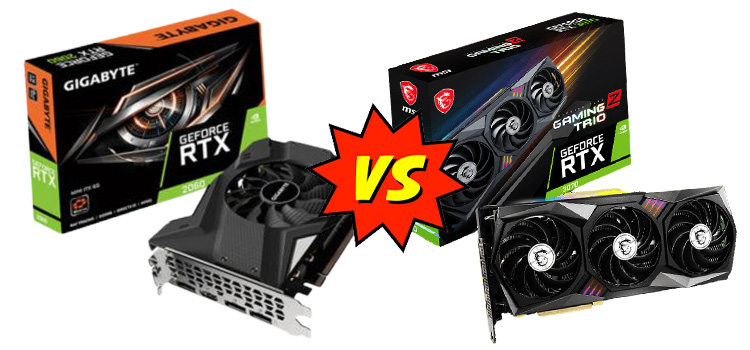
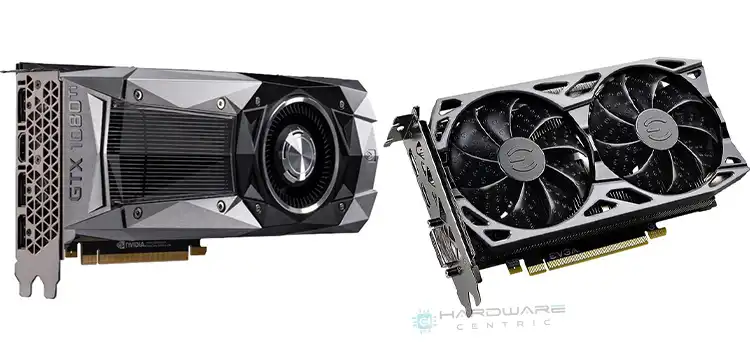
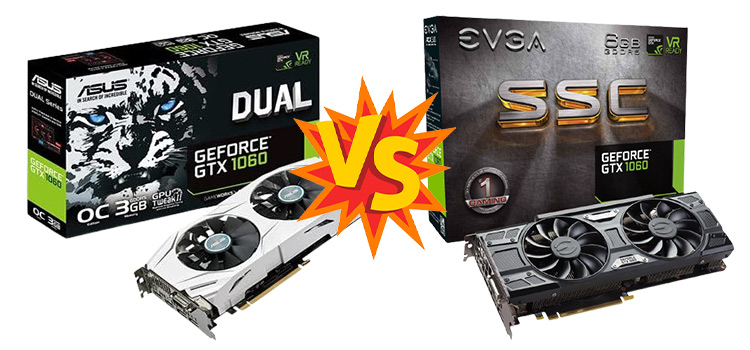
![[Explained] Can You Use Intel’s CPU with AMD’s GPU?](https://www.hardwarecentric.com/wp-content/uploads/2022/05/Can-You-Use-Intels-CPU-with-AMDs-GPU.webp)
